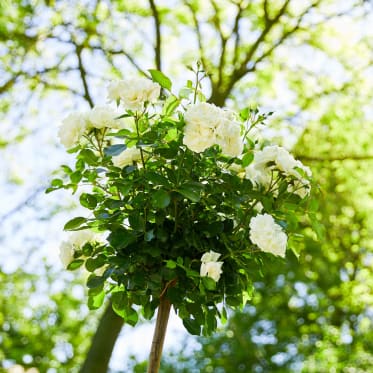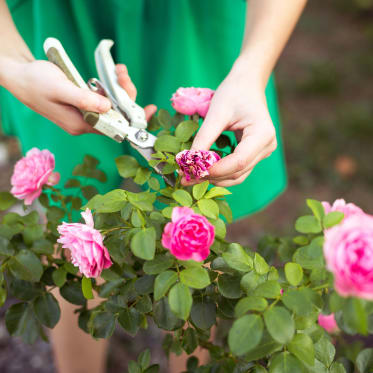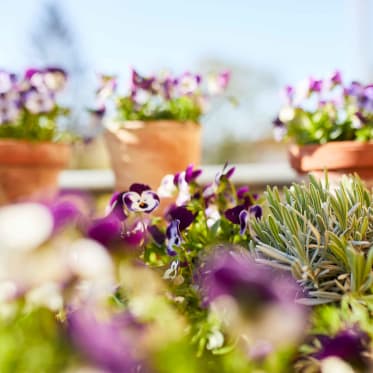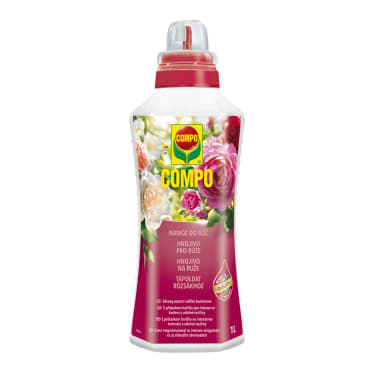Frequent search terms
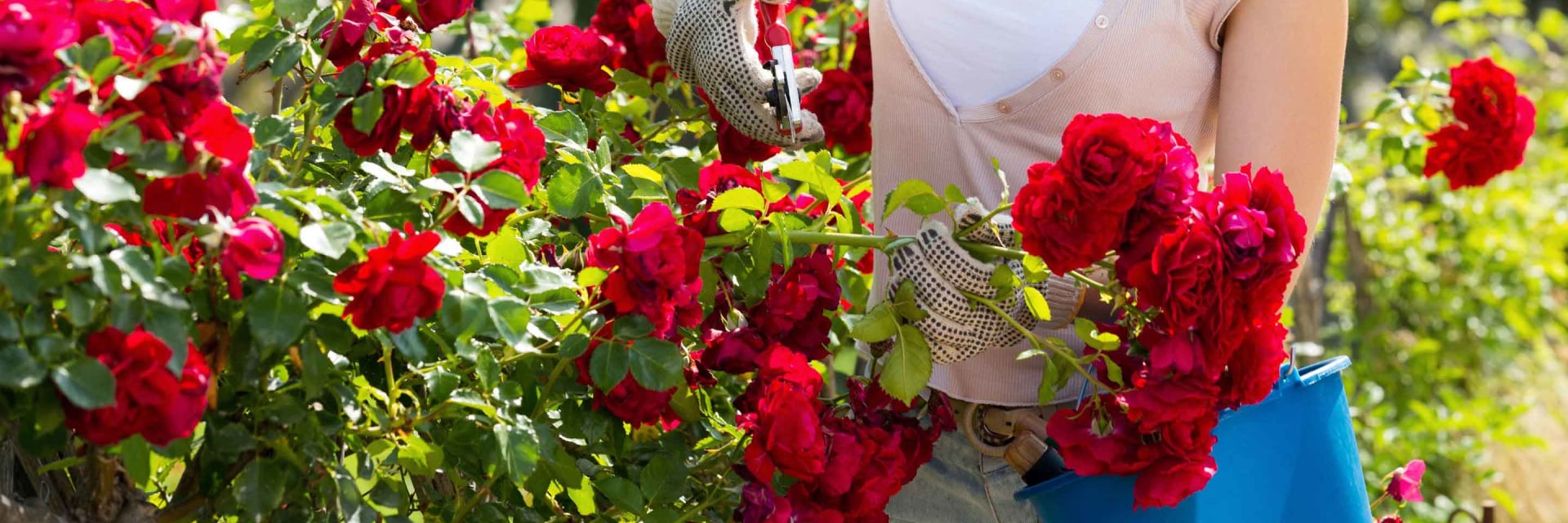
- COMPO
- Guide
- Plant Care
- Garden
- Roses
- The best tips for rose care
The best tips for rose care
Caring for roses is considered the ultimate discipline of gardeners – it is also certainly considered the ultimate flower. In fact, roses have special requirements and need a lot of attention and care. But with a couple of tips and tricks you can learn how to understand the divas and make them shine in just a few steps. We show you how.
What you should look out for when purchasing roses
Different varieties of rose are sold in retail outlets. In the autumn, tree nurseries tend to be sold with their roots bare, i.e. without a clod of earth. These should be soaked and planted immediately after purchase, otherwise the plants can dry out quickly. If the weather does not permit this, you can place the roses in a shallow hollow until planting and cover the sensitive roots with soil. The roots of roses sold with a clod of earth are already surrounded by soil. The root balls are held together with a special fabric, a cotton net, which decomposes in the soil after planting. You can also buy roses in containers or pots. They are sold all year round and can be planted at any time between the spring and autumn. The upside is that the roots are already well-developed in the pot, making it a lot easier for the plant to grow.
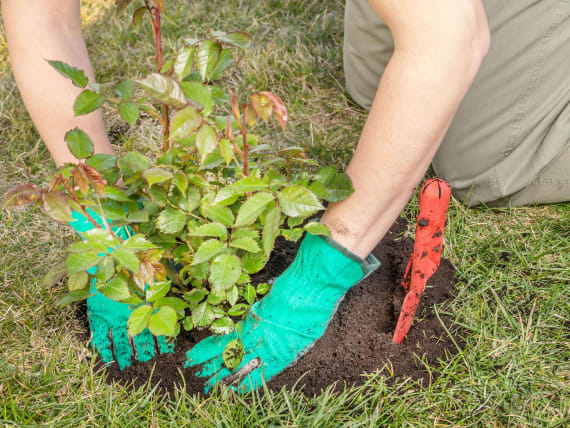
The best time to plant roses
The early autumn is a great time for planting roses: The soil is still warm from the summer months and the young plants have enough time to take root in the soil before the winter arrives. They are already well developed in the spring and will very likely flower more abundantly than a rose planted in the first half of the year. Bare root roses in particular do very well when planted in the autumn and are generally cheaper than plants sold with a clod of earth or in containers.
The perfect spot for roses
To make roses feel at home, the garden soil should be pervious to water, well aerated, deep and not compacted. As the ultimate plant, roses prefer to remain among their own kind because the root networks of other plants tend to hinder their growth. The ideal spot for roses is sunny but not too hot. The sensitive plants don't do so well in the long run when placed in shaded spots. The roses should have enough air and not be too close together. This allows the leaves to dry more quickly after it has rained, making them less susceptible to fungal diseases.
Caring for roses in pots or tubs
Balcony owners who want to enjoy roses take note: Many varieties thrive in tubs. If you have the right sunny spot and a suitable pot (cylindrical shape with a minimum height of 40 cm), your rose plant will reward you with floral abundance. Roses have deep roots: The bigger and deeper the tub, the more they will feel at home. But there are also other varieties that do well in small pots.
Overwintering roses in pots or tubs
The rose root ball must not freeze in the winter. Roses in tubs must therefore be protected against the cold, e.g. with foliage, wood shavings or bubble wrap. Alternatively, the plant can overwinter in a frost-free but cool place. Long-stemmed roses tolerate cold temperatures better and can stay outside, but the stem and crown should be protected with non-woven material or hessian sacks.

Nutrients and water – proper care
Only healthy roses can reveal their full beauty. So, make sure your floral offspring get the right nutrients! Roses need enough nutrients and adequate watering during the growing season for vigorous growth and colourful floral abundance. Roses can be watered thoroughly in dry periods. It is better to water less often but thoroughly! The moisture should penetrate the deeper layers of the soil to reach the deep roots. If you only water the surface, the rose will only form fine roots in this area of the soil and become more sensitive.
Developing opulent flowers saps a lot of energy out of roses. During this time, they need a lot of nutrients which they draw from the soil. By fertilising on a regular basis, you can balance this out and ensure that your roses develop optimally and remain resistant to diseases and pests. This applies to roses in tubs in particular, as the availability of nutrients in a container is limited. Our range includes various fertilisers that are tailored to the special requirements of roses. Liquid fertilisers, which are simply added to the water, are suitable for roses in tubs. Flowerbed roses will appreciate a dose of our slow-release fertiliser, which dispenses nutrients to the plants for up to six months as needed. Another alternative, which is 100% organic, is our slow-release fertiliser with sheep's wool, which is also suitable for ecological farming.

Annual rose pruning for improved growth
Roses should be pruned in the spring to ensure optimal development. This stimulates growth, as the free space created allows plenty of light and air to reach the plant – important conditions for forming new shoots. It won't take long for the new flowers to come through after pruning, as the rose would otherwise put its energy into growing fruits.
More information on the subject of roses
Suitable products for rose care


